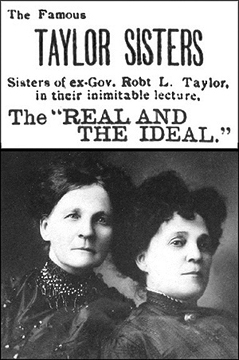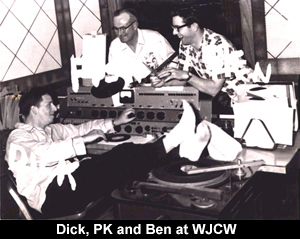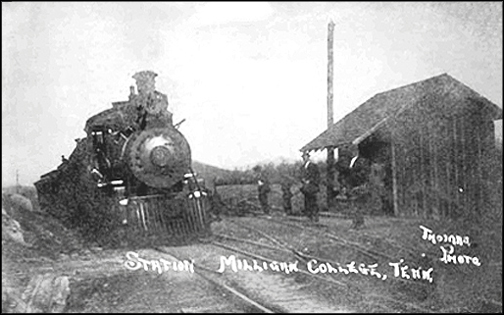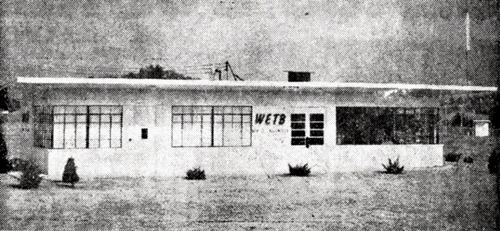A vintage jukebox is a coin-operated phonograph, typically in a beautiful colorfully illuminated cabinet, having an assortment of records that are selected from numbered push buttons.
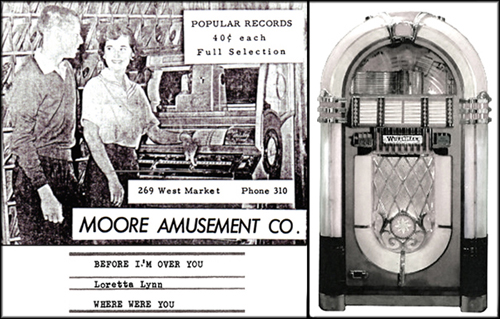
The music phenomenon that had its roots back to 1927 included major brands as Wurlitzer, Seeburg, Rock-Ola and Ami. Mrs. Evelyn Moore shared the story of Moore Amusement Company that was located at 269 W. Market: “Fred and I started the jukebox business in 1940 with four Model 700 Wurlitzer phonographs, each costing $295 and holding 24 records. They were not fancy but very pretty.”
The Moores’ first jukebox was placed in Roby Wagoner’s Frozen Custard Parlor on E. Main. Others soon jumped on the bandwagon: Spot #1, Spot #2, Patio Grill, Lucky Grill, Melody Lane, Rainbow Corner, Black Hawk, Sevier Café, Varsity Grill, The Par, Bar-B-Q-King, The Cottage and others. This was the era of breakable shellac 78s (78-rpm records). Some of the popular bandleaders were Sammy Kaye, Guy Lombardo, Glenn Miller, the Dorsey Brothers, Les Brown, Shep Fields, Benny Goodman and Artie Shaw.
“We purchased most of our records from salesmen representing major record companies such as Columbia, Decca and RCA,” said Moore. “Later, we bought them from a Cincinnati firm. Locally, we acquired some from The Music Mart and Smythe Electric. The first 78s cost us 18 cents. Customers paid a nickel for one selection or a quarter for six. Later, we upped the price to a dime per song or three for a quarter.”
Fred and Evelyn refreshed records in the jukeboxes once a week, which meant determining in advance which ones to replace. Fred carried his manual typewriter with him so as to change labels. Next, they removed coins from the machines, equally dividing the take with the businesses. Eventually, “route boys” handled the weekly chore.
Hit records removed from phonographs were stored for use in filling future requests to put them back on the players. Other discs were placed in small wooden bins at the store and sold to customers at a discount price. No 78s were sold because they were always too worn for resale.
The war years were challenging for the couple because manufactures stopped producing records and phonographs. Also, trained repairmen were difficult to locate due to labor shortages. Records stayed on jukeboxes until they wore out. Small wall boxes were installed at tables at the Trailways Bus Station café, allowing convenient remote access to the centralized jukebox. This was done mainly to accommodate military travelers.
In 1950, the record industry switched to the smaller unbreakable vinyl 45s with the big hole in the center. They were priced at 35 cents, eventually escalating to 75. Fortunately, phonograph manufacturers provided conversion kits, allowing the new smaller records to be played on existing jukeboxes. By the mid 1950s, a change in musical tastes was ushered in by Bill Haley & the Comets and further popularized by Elvis Presley, The Platters, Little Richard, Fats Domino, Pat Boone, Jerry Lee Lewis, the Big Bopper, Bobby Darren, Ray Charles and many others.
Wurlitzer’s Model 1015 became its most popular jukebox, consisting of a mostly wooden body, dome top, multicolored normal screw-in light bulbs and neon bubbling tubes that spiraled around the top of the machine.
In 1965, the Moores sold their business, which by that time had grown to 200 jukeboxes, to IAM Co. in Greenville, Tennessee. It became known as ABC Amusement Company. Ironically, the jukebox craze peaked between 1940 and 1965, the identical 25-year span that Fred and Evelyn ran their successful amusement business.

